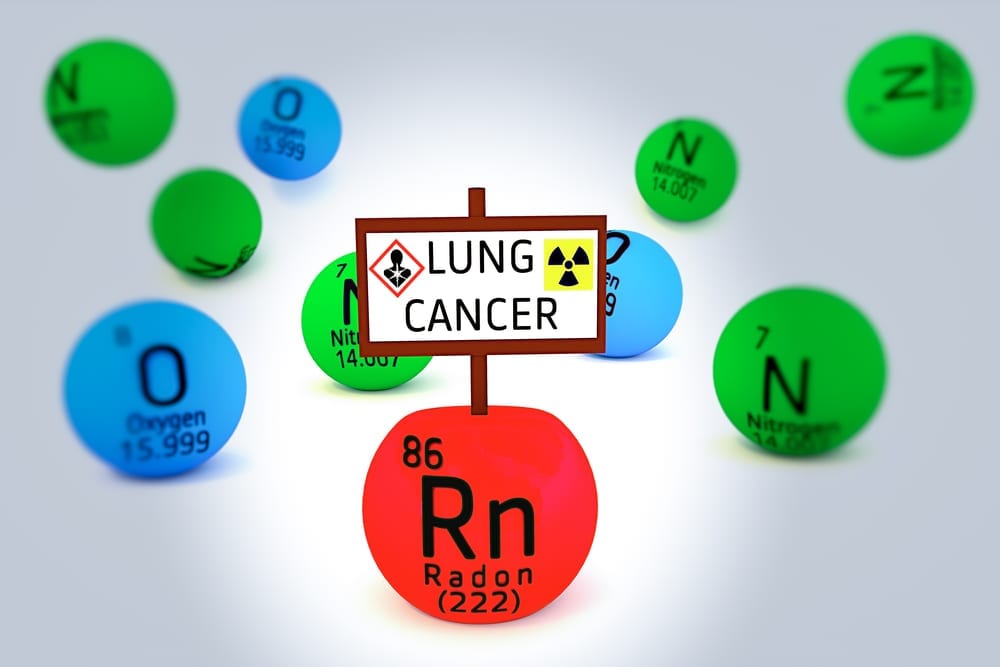Surely, we don’t have to inform you about the dangers of smoking cigarettes. It’s common knowledge that the numerous chemicals in cigarettes make smoking more than a nasty habit. Cigarette smoking is the leading cause of lung cancer in Canada. While quitting is clearly a top method of lowering the risk of the fatal disease, keeping your home free of radon is another important step in remaining lung cancer-free.
What is radon?
Radon is an invisible, odourless and tasteless gas that is created when the uranium in the soil, rock and water outside of your home breaks down. When exposed to the outside air, there’s nothing particularly harmful about radon. However, when it seeps into our homes and becomes trapped in enclosed spaces, it can be harmful. Radon, in fact, is considered the second leading cause of lung cancer in Canada.
According to the Canadian Lung Association, exposure to radon is estimated to be the cause of 16 percent of lung cancers. Although the gas cannot be seen, smelled or tasted, it damages our lungs through its radioactive particles. When inhaled, these particles damage the cells that line our lungs. Long-term exposure to radon can lead to lung cancer. And, if you’re a cigarette smoker, your risk of lung cancer significantly increases.
How can radon seep into our homes?
As mentioned, radon is a naturally occurring gas. Created outdoors, it tends to seep into our homes through cracks in their foundations. This is why it’s so important to regularly inspect and maintain the lower levels of your home. Your main floor and basement are the areas that are most susceptible to allowing radon entrance into your living quarters.
If you happen to have unfinished floors or if there are any cracks in the basement floor or the foundation, it is possible that radon can find a way into your home. It can also enter through pipes, windows and sump pumps.
What makes cigarettes and radon such a deadly combination?
As we pointed out, the combination of cigarette smoking and radon exposure increases the risk of lung cancer. Research has determined that radon has carcinogenic properties which are worsened by cigarette smoke. On Canada.ca, the Government of Canada informs us that an individual’s risk of getting lung cancer from radon depends on three factors: the level of radon, the duration of exposure and his/her smoking habits.
“If inhaled, radon decay products can become deeply lodged in the lungs, where they emit ionizing radiation which can penetrate the cells of mucous membranes, bronchi, and other pulmonary tissues,” explains the site, “The ionizing radiation energy affecting the bronchial epithelial cells is believed to initiate the process of carcinogenesis.”
When is the best time to test for radon?
There’s no bad time to test for radon. However, the Canadian Lung Association tells us that it’s best to test for radon during the winter. This is because there tends to be less ventilation in our homes during the coldest months of the year.
We can help you avoid the dangers associated with radon exposure. At Enviro-Works Inc., we offer both long-term and short-term Radon Testing using the E-Perm Electret System and a C-NRPP Certified Radon Lab. For more information, please don’t hesitate to call us at 780-457-4652 or email us at info@enviro-works.com.

